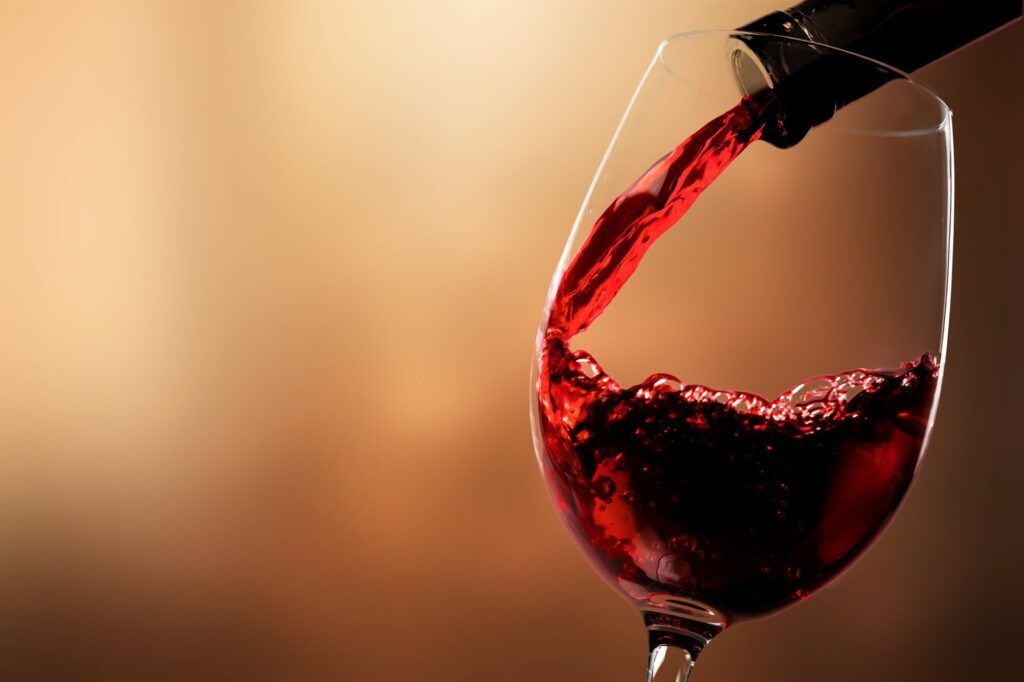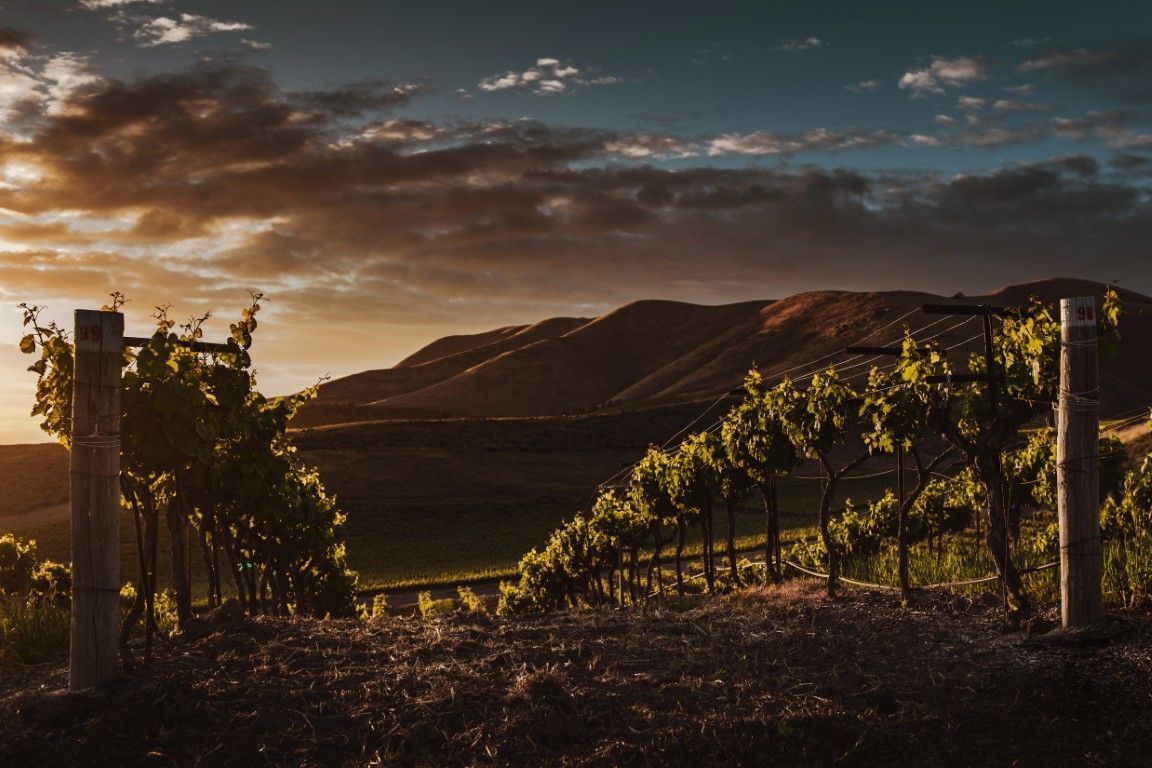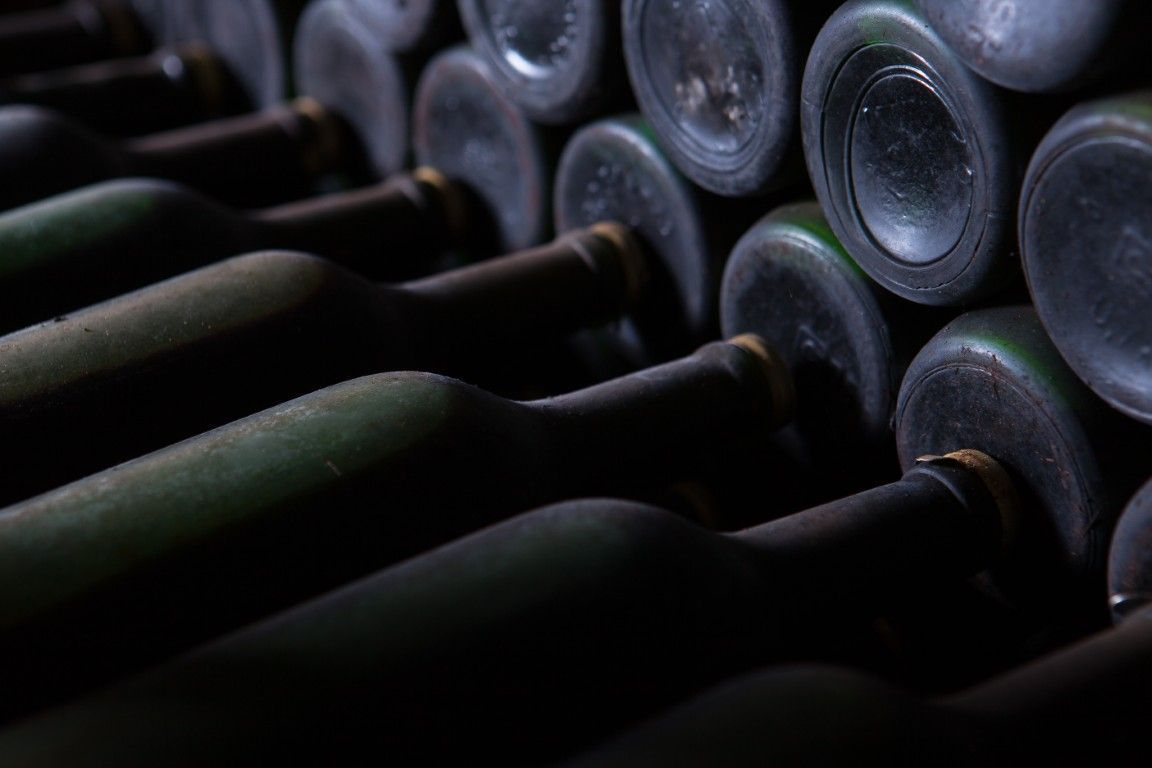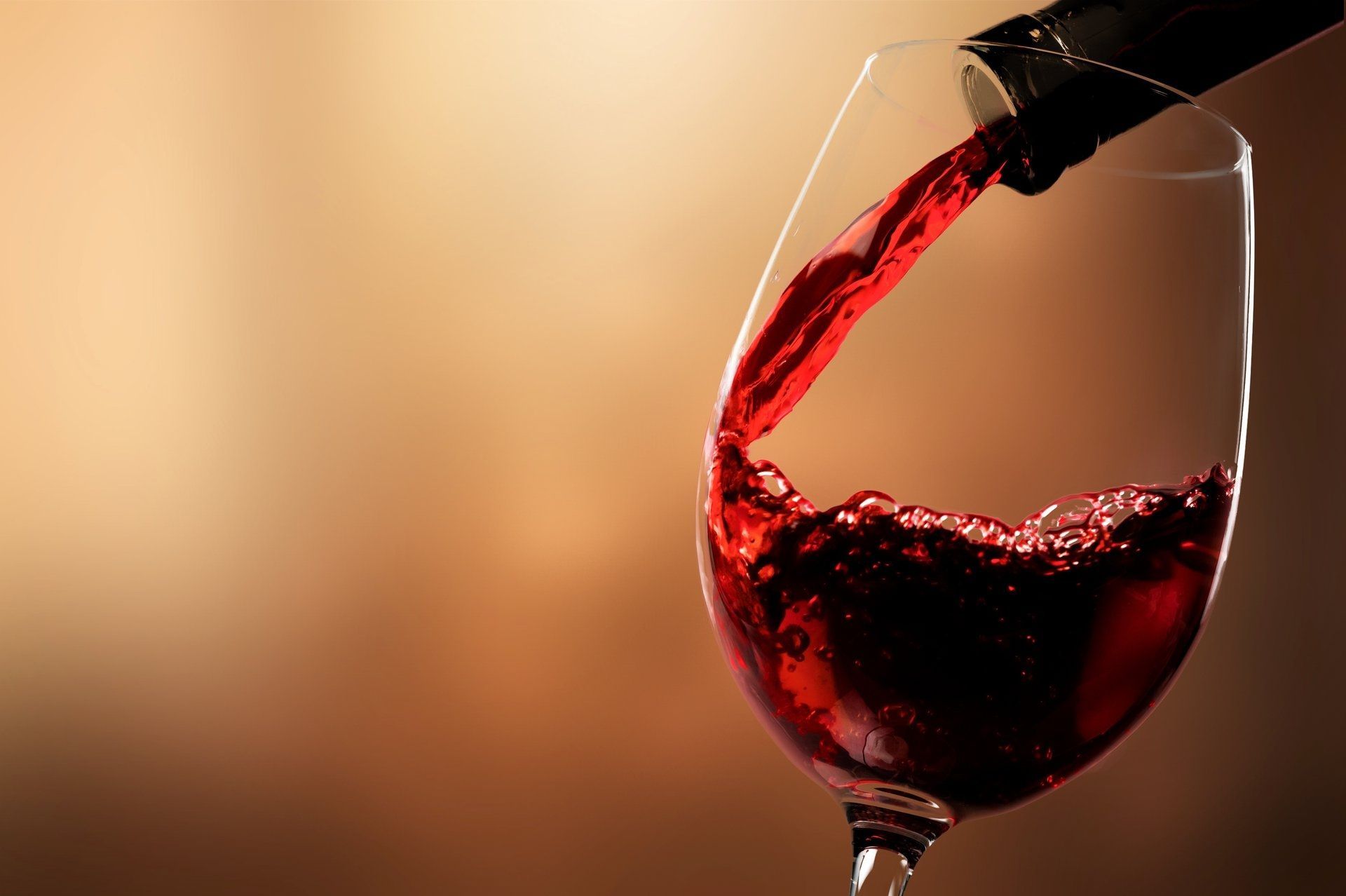Tempranillo wine is one of the most recognized and valued in the world of wine. This article explores how many years a Tempranillo wine can age depending on its category and maturation, how these factors influence its characteristics, and what the optimal age is to enjoy it.
Introduction to Tempranillo Wine
Tempranillo, one of Spain’s most emblematic grape varieties, lies at the heart of many quality wines. Its name derives from *temprano* (early), referring to its early ripening compared to other varieties. Grown primarily in regions like Rioja and Ribera del Duero, this grape produces versatile wines that can be enjoyed young or after long aging periods.
Tempranillo wines stand out for their balance between acidity, body, and tannins. Additionally, their ability to age well in barrel and bottle makes them a favorite among winemakers and wine lovers alike.
Wine Classification by Aging
A wine’s aging time is a key factor in defining its quality, complexity, and sensory profile. In Spain, this classification is regulated to ensure each category offers a unique experience to consumers. Tempranillo wines, with their exceptional capacity for barrel and bottle aging, are present across all categories, offering options for every taste.
Young Wine
A young Tempranillo wine typically does not undergo prolonged barrel aging—perhaps only a brief period for stabilization. This preserves the grape’s freshness and highlights its intense fruity aromas, such as strawberry, cherry, and red berries. On the palate, it is light, vibrant, and smooth in tannins, making it perfect for immediate enjoyment.
This type of wine is ideal to pair with tapas, fresh salads, or light fish dishes, and its affordable price makes it an excellent choice for those new to wine.
Crianza Wine
Crianza Tempranillo requires a minimum aging of 24 months, with at least 12 months in oak barrels. During this time, the wine begins to transform, gaining complexity and developing notes of wood, vanilla, and spices that balance with its fruity character.
On the palate, a Crianza Tempranillo is more structured than a young wine, with rounded tannins and greater persistence. It is a versatile wine, ideal for pairing with white meats, tomato-based pasta dishes, and semi-cured cheeses.
Reserva Wine
Reserva Tempranillo is synonymous with elegance and depth. This type of wine ages for a minimum of 36 months, with at least 12 months in barrel. During this period, the tannins soften and the flavors integrate, resulting in a rounder, silkier wine. On the nose, it features notes of ripe fruits, leather, spices, and subtle toasted touches.
Reserva Tempranillo is the perfect choice for those seeking a more complex wine, capable of accompanying richer dishes like roasted lamb, red meats, or traditional stews.
Gran Reserva Wine
Gran Reserva Tempranillo is the crown jewel in terms of aging. To earn this category, the wine must age for at least 60 months, with a minimum of 18 months in barrel and the remainder in bottle. This prolonged process results in an exceptionally complex wine, with tertiary aromas such as tobacco, cocoa, nuts, and sweet spices.
On the palate, a Gran Reserva is structured, elegant, and remarkably persistent. It is the ideal wine for celebrations and special occasions, perfect to pair with game meats, elaborate stews, or well-aged cheeses.
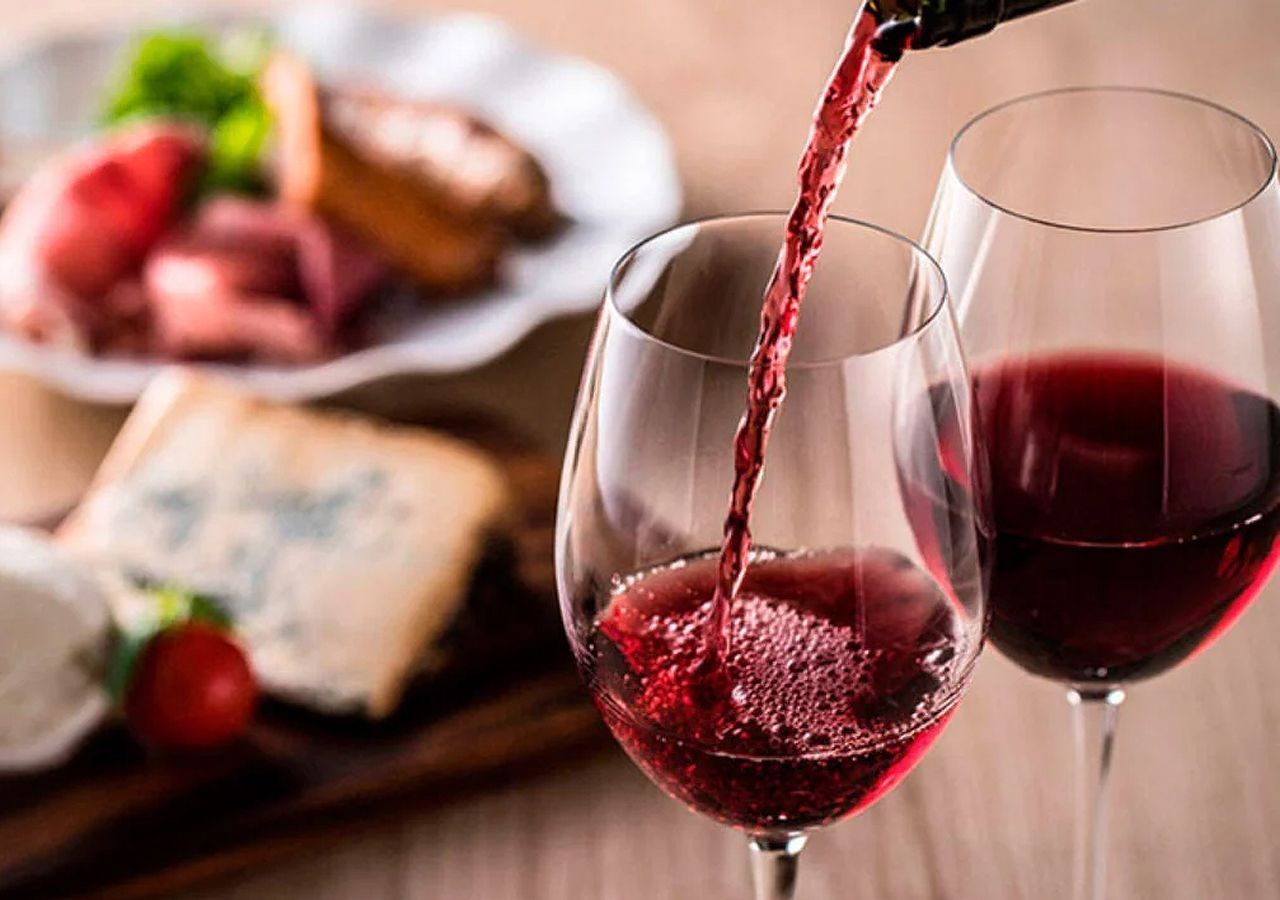
How Aging Influences Tempranillo Wine
Aging transforms the characteristics of Tempranillo wine. While in barrel, the wood imparts notes of vanilla, coconut, spices, and toast. In the bottle, tannins soften, and aromatic complexity develops.
The type of barrel also plays a key role. American oak tends to contribute sweeter, coconut-like flavors, while French oak provides spicier notes and elegance. This interaction between wine and wood defines the profile of an aged Tempranillo.
Tempranillo aging depends not only on the barrel, but also on the stopper that protects it. At Excellent Cork, we innovate with stoppers like our cork-effect closures, which combine tradition with modern technology to ensure a perfect seal. Our recyclable and sustainable stoppers are ideal for those seeking eco-friendly options without compromising quality. Learn more about how our technology can benefit your aged wines.
What Is the Optimal Age to Drink Tempranillo?
The optimal age to enjoy Tempranillo depends on its classification and consumer preference:
- Young wines: Best enjoyed in the first or second year to capture their freshness.
- Crianza: Typically at their best between 2 and 5 years after harvest.
- Reserva: Peak quality is usually reached between 5 and 10 years.
- Gran Reserva: Can be enjoyed even after 15 years, if properly stored.
Tips for Storing and Preserving Tempranillo Wine
To ensure Tempranillo wine maintains its quality over time, follow these key recommendations:
- Consistent temperature: Keep the wine between 12–18°C and avoid sudden changes.
- Proper humidity: Around 70% humidity helps preserve corks and prevents air leaks.
- Minimal light: Store bottles in a dark place to prevent oxidation.
- Horizontal position: Store bottles horizontally to keep the cork moist.
- Avoid vibrations: Wine needs rest—store it in a quiet, stable environment.
To ensure your Tempranillo retains its aromas and quality, choosing the right stopper is essential. At Excellent Cork, we offer a wide range of synthetic wine stoppers that ensure an airtight seal and protect the wine from oxidation. Our stoppers, like those from the S Series, are designed to preserve the wine’s freshness and complexity—even after years of aging. Discover how our products can improve the preservation of your bottles.
Frequently Asked Questions About Tempranillo Wine
What does it mean for a wine to be Tempranillo?
A wine is considered Tempranillo when it is made primarily from this grape variety. It’s known for its versatility, red fruit notes, balanced tannins, and aging potential.
What’s the difference between young and aged Tempranillo?
The main difference lies in aging time. Young Tempranillo is known for its freshness and fruity aromas, while aged versions offer greater complexity, with notes of wood, spices, and smoother tannins.
How does the barrel type affect Tempranillo aging?
Barrel type shapes the wine’s flavor profile. American oak imparts sweet, toasted flavors, while French oak brings elegance and spicy notes.
Is it advisable to decant aged Tempranillo?
Yes, decanting aged Tempranillo can help remove sediment and allow the aromas to open up. However, it is not necessary for young or crianza wines.
What dishes pair best with aged Tempranillo?
Gran Reserva or Reserva Tempranillo pairs wonderfully with game meats, stews, aged cheeses, and roasted red meats. Its complexity and structure complement intense flavors.
Excellent Cork: An Innovative Solution for Wine Preservation
The quality of a Tempranillo wine depends not only on its production and aging, but also on the quality of the stopper that protects it. Excellent Cork, a leader in synthetic stopper manufacturing, offers ideal solutions to preserve the aromas and flavors of every bottle. Their stoppers stand out for their excellent price–quality ratio and ensure a tight seal—essential for high-quality wines.
Whether you’re a winery or a wine enthusiast, Excellent Cork offers solutions tailored to your needs. From stoppers for sparkling wines to custom options for spirits, our cutting-edge technology ensures top quality in every product. If you’re looking for personalized advice, feel free to contact us via our contact form. Discover why we’re leaders in the sector—and how we can help you preserve the essence of your wines.
Tempranillo wine is a true gem of Spanish viticulture. Knowing its classifications, optimal drinking age, and proper storage will help you enjoy it at its finest. And to guarantee the best experience, stopper quality is essential—where Excellent Cork stands as an industry reference. Cheers! 🍷


